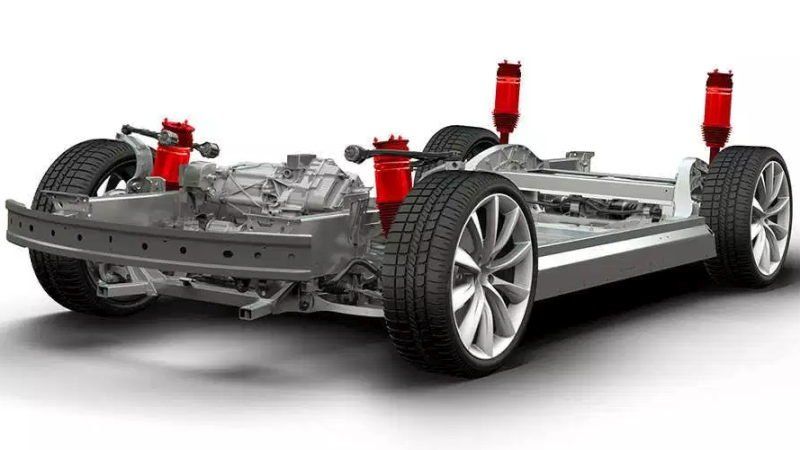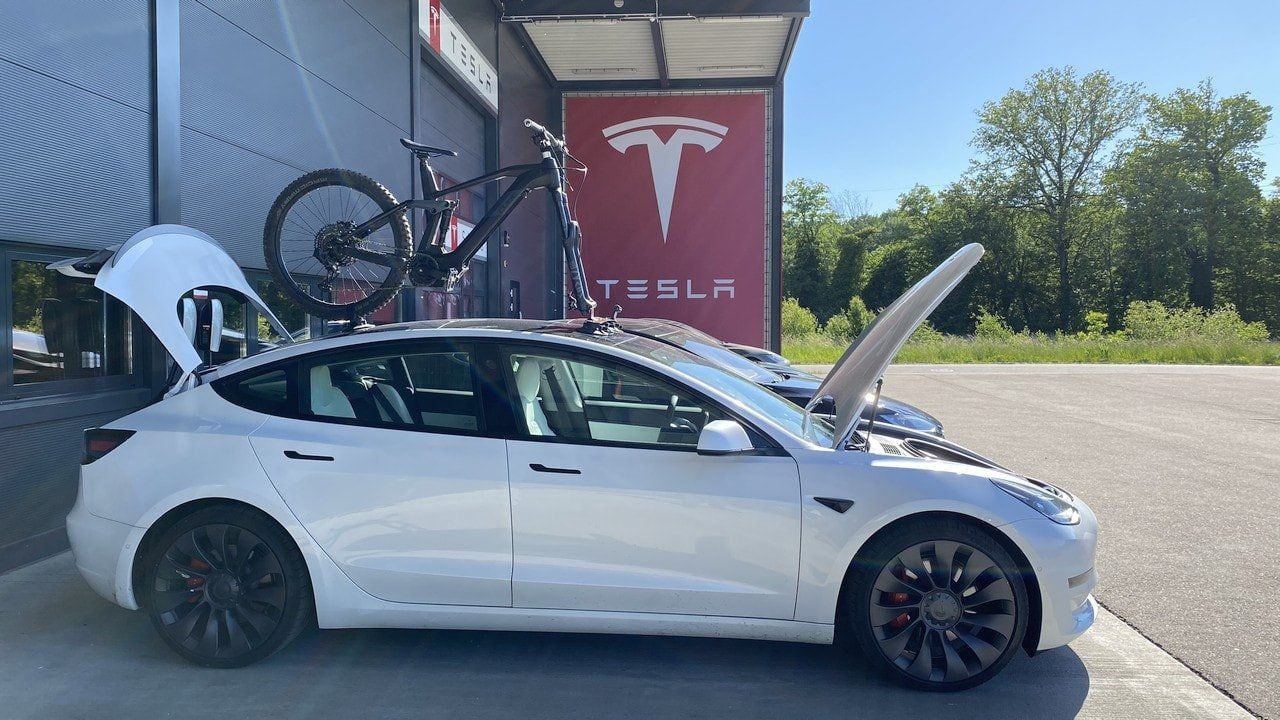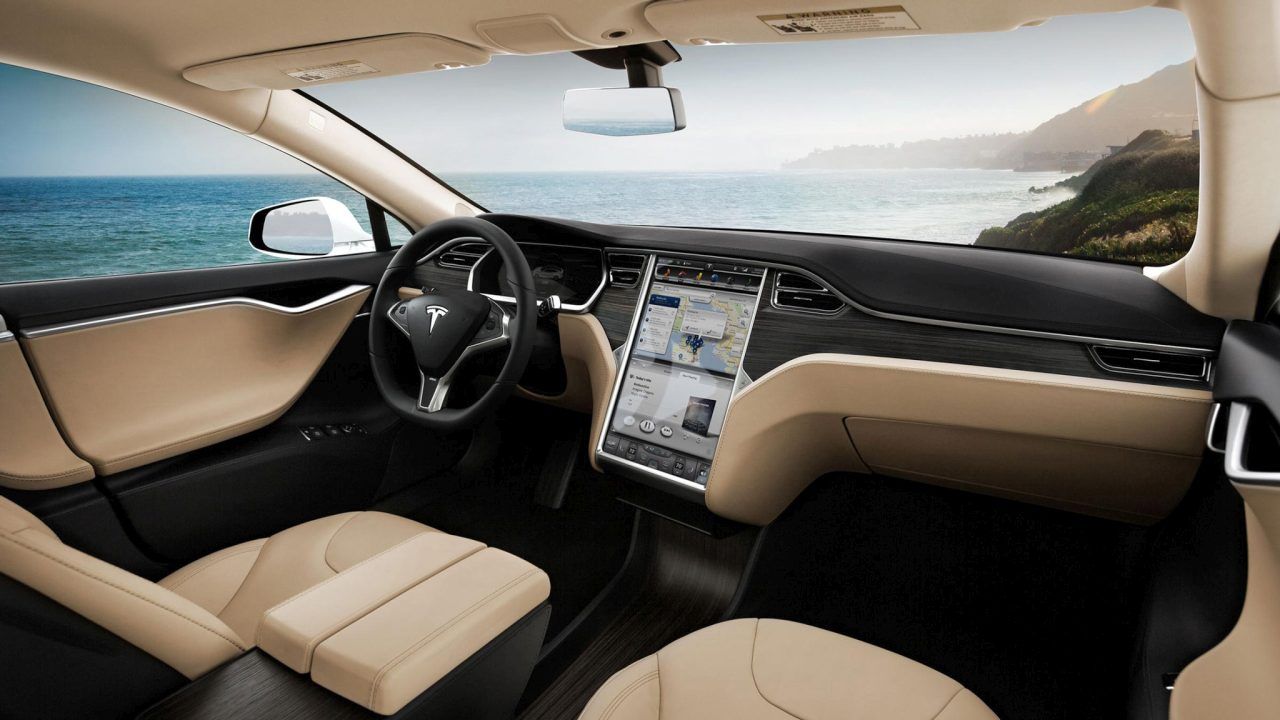The Tesla air suspension (Smart Air Suspension) was first introduced in 2013 in the Model S. Originally available as an option for about 2700 EUR extra, this air suspension is now standard on the Model S and Model X. Vehicles without air suspension are equipped with a conventional steel chassis. The following production periods are of interest for used cars:
Model S: air suspension optional from 2013 to July 2017, fitted as standard in all Model S since July 2017.
Model X: Air suspension optional from 2015 to October 2016, fitted as standard in all Model X since October 2016.
Model 3: Air suspension was announced for the Model 3 in 2017. In summer 2019, this option was postponed indefinitely.
Trunk Light & Frunk Light & Puddle Light & Foot Well Lights & Glove box light.
Shop for more Tesla Accessories here!
Ground clearance
Tesla has been producing the Model S with a slightly lower chassis since the facelift models of 2016:
Model S Pre-Facelift (2013 to April 2016):
Air suspension Ground clearance: 120 mm – 163 mm
steel chassis: 144 mm
Model S facelift (from April 2016):
Air suspension Ground clearance: 116 mm – 160 mm
steel chassis: 134 mm
Model X:
Air suspension Ground clearance: 137 mm to 211 mm
Steel chassis: 182 mm
Air suspension Advantages/disadvantages for MS/MX models until March 2019
Plus:
- Height adjustability provides greater ground clearance on poorly maintained paths and steep ramps (underground car parks).
- Automatic lowering for better aerodynamics (greater range and more stable road holding) at high speeds.
- Visual difference with “low” setting and large rims.
- The Tesla smart air suspension brings a minimal consumption advantage of about 1-2%.
- Location-dependent automatic start-up (at less than 30 km/h).
Minus:
- No adjustment possibilities for damping and hardness.
- Comfort differences are minimal compared to steel suspension chassis.
- In the TMC forum are discussions about rattling noises, which occur in many vehicles.
- Repair/maintenance costs are likely to be lower with steel suspension than with air suspension.
Air suspension Advantages/disadvantages MS/MX “Raven” models from March 2019
Plus:
- Adaptive airframe with adjustment options for hardness and damping. This function will be further improved in the future through software updates.
- Height adjustability offers greater ground clearance on bad roads and steep ramps (underground car parks)
- Automatic lowering for better aerodynamics (greater range and more stable road holding) at high speeds
- Optical difference with setting “deep” and large rims.
- The Tesla smart air suspension brings a minimal consumption advantage of about 1-2%.
- Automatic start-up depending on location (at less than 30 km/h).
Minus:
- Repair/maintenance costs are likely to be lower for the steel suspension than for the smart air suspension.
More details about the landing gear in this article from Electrek.co.
With software update 2020.32.1 Tesla has further improved the air suspension functions of the Raven models.
The Tesla Data Logger
Collect statistics about your trips, power consumption, battery degradation and much more.
Register here to test TeslaFi for four weeks instead of two weeks for free.*






